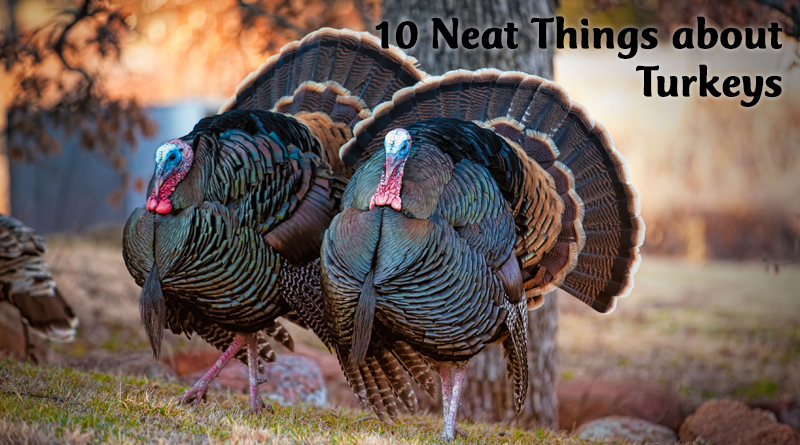About Turkeys
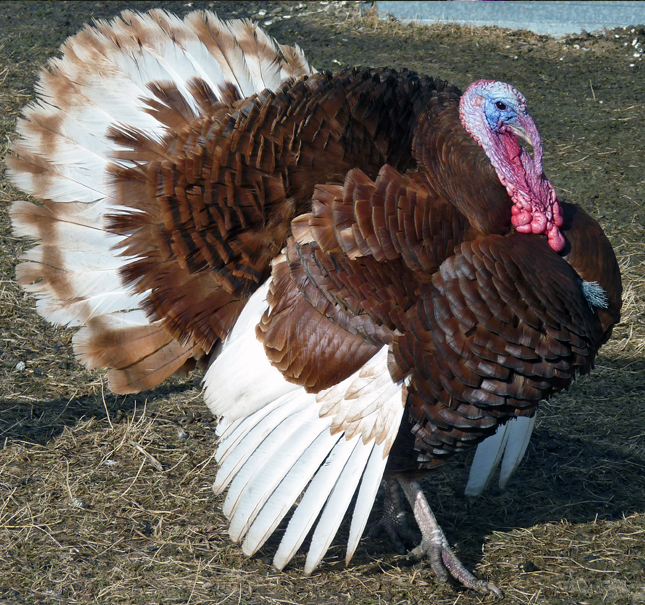
1. Which came first?
Was the bird named after the country or the country after the bird? The answer is that the bird was named after the country. Turkeys are a New World bird and so were given no English name until the 1500s, when William Strickland introduced the birds to England. They were believed to be a type of guineafowl, which were brought to Europe from Turkey. In other languages, the name for turkeys is often a derivation of India, such as dinde in French. Portugal came closest to getting the origin of the turkey right; they call it a peru.

2. Domestication.
Turkeys have been domesticated since long before arriving in Europe. Indigenous people in Mexico started raising the bird in 800 BCE or earlier. They were raised for their feathers, which were used in clothing and blankets and for ceremonies; they weren’t used for food until around 1100 CE, according to researcher Camilla Spencer.
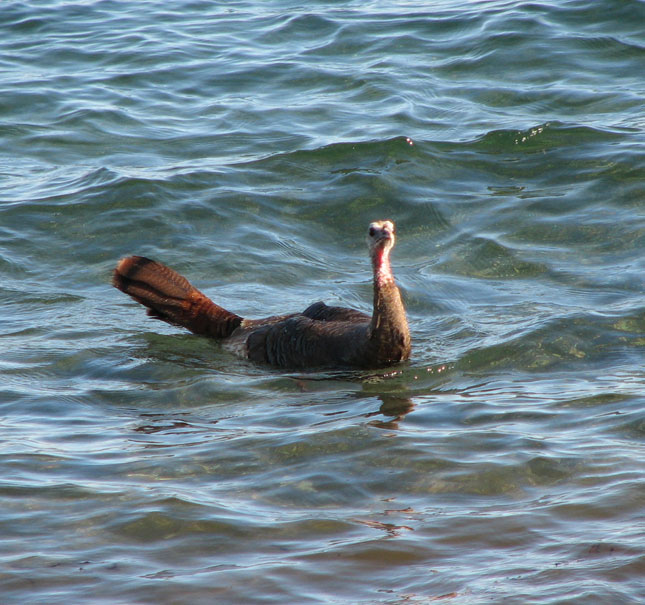
3. Like a duck?
Turkeys can swim if they need to. They tuck their wings close to the body, spread their tail feathers and kick. Weird.
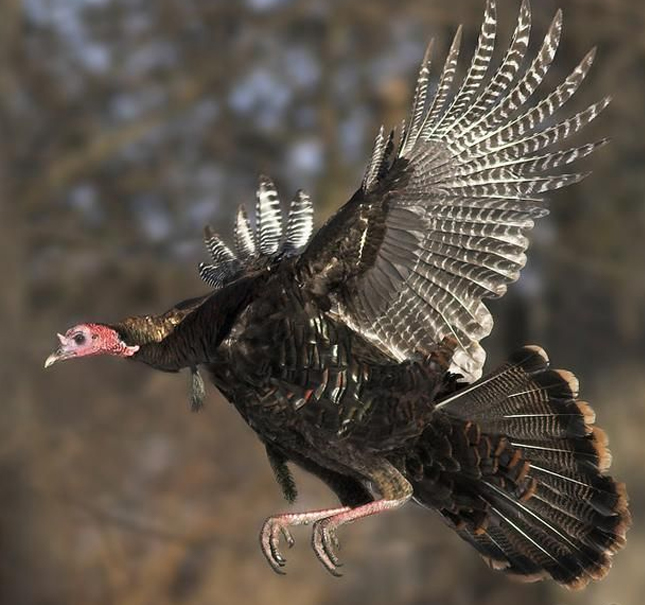
4. Can they fly?
Wild turkeys are agile fliers. They stay low to the ground and rarely fly more than a quarter of a mile, but they have no problem doing it. Domesticated turkeys, on the other hand, are not built for flight. Their wings won’t flap fast enough for sustained flight.
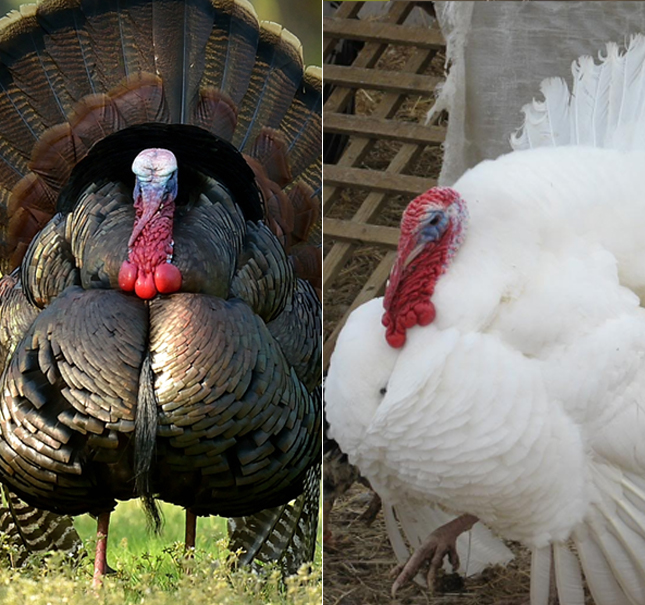
5. Wild versus domestic.
Domestic turkeys have been bred to be white, by and large, because the pin feathers on a plucked bird are less noticeable. They have a much higher proportion of breast meat and shorter legs than wild turkeys. Wild turkeys can run as fast as a galloping horse.
6. Local.
There are only two types of domesticated birds that are native to North America: the turkey and the Muscovy duck.
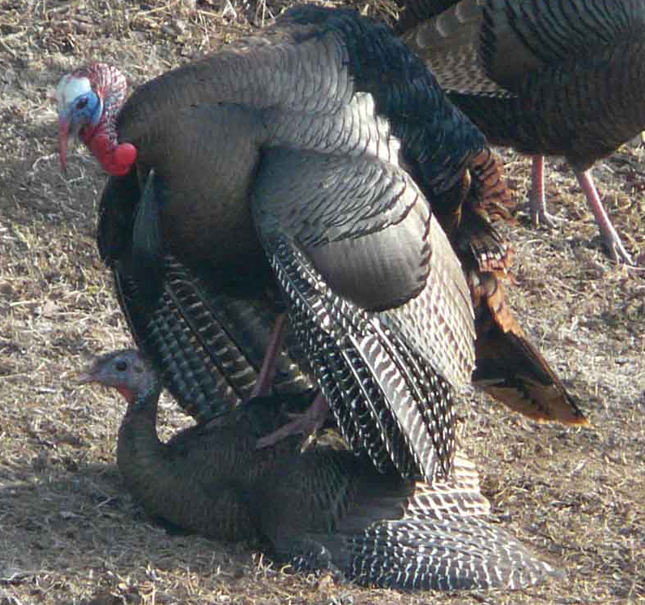
7. Tom turkey or tomcat?
Male turkeys don’t stick around for the hatching of their offspring. They are more interested in mating with a hen and then going to find another. Adult males hang out together all year except for spring, while females and juveniles flock together elsewhere. In spring, the male groupings break up when all the toms go looking for ladies.
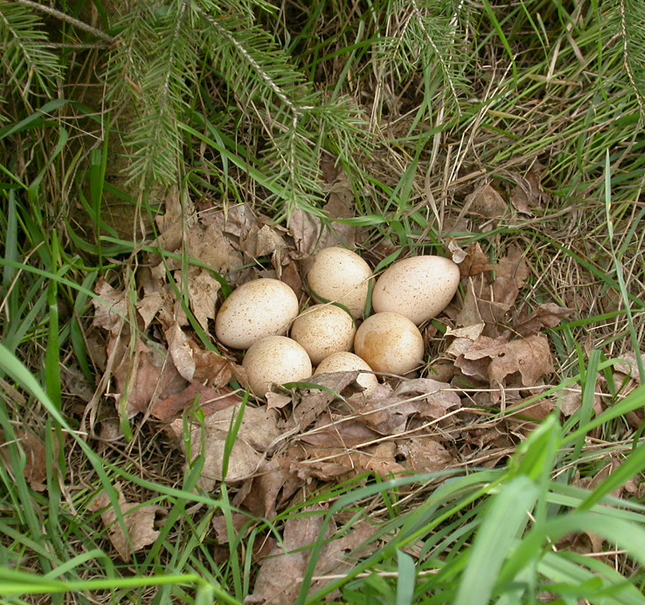
8. Nests.
Turkey nests are located on the ground. As soon as eggs are hatched—and they average 11 per brood—the mother leads the chicks away from the nest. She will sleep on the ground with her babies until they can fly up into the trees, after about two weeks.
9. Turkey eggs.
The eggs are perfectly edible and are available at supermarkets in the United Kingdom and some farmers markets in the United States. I haven’t come across them. Apparently, they are about 50 per cent bigger than chicken eggs, they are speckled with brown and they have much thicker shells and membranes.
10. Common for Christmas and Thanksgiving.
Turkeys didn’t become standard Christmas and Thanksgiving fare in North America until the 20th century. Wild turkeys were widely available year-round to hunters, so they weren’t considered anything special. In the past, pork ribs were the special seasonal treat. Pigs tended to be slaughtered in the autumn and ribs were unavailable at other times.

